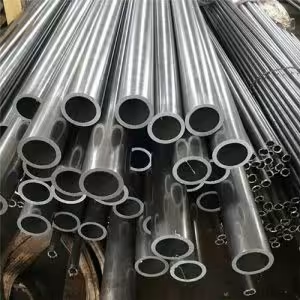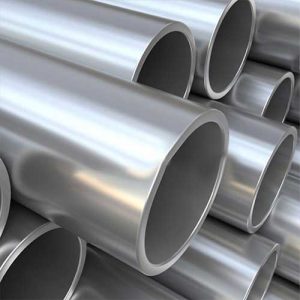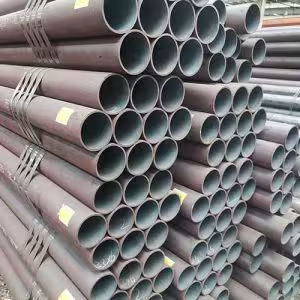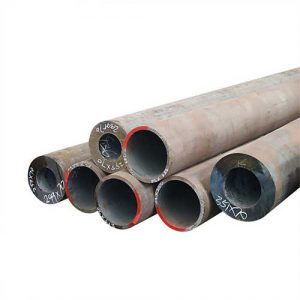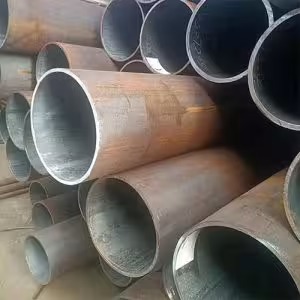Welcome to My Blog!
Before we dive into the content, I’d love for you to join me on my social media platforms where I share more insights, engage with the community, and post updates. Here’s how you can connect with me:
Facebook:https://www.facebook.com/profile.php?id=61565500692293
Now, let’s get started on our journey together. I hope you find the content here insightful, engaging, and valuable.
Table of Contents
Introduction
Seamless hydraulic tubing sizes are critical specifications in industries that rely on fluid transfer systems. These tubes are used in hydraulic and pneumatic applications, where precise control of fluid flow is essential. Understanding the various sizes and their applications is crucial for engineers, designers, and maintenance professionals. This comprehensive guide provides an in-depth look at seamless hydraulic tubing sizes, their specifications, and how to select the appropriate size for different applications.
Understanding Seamless Hydraulic Tubing
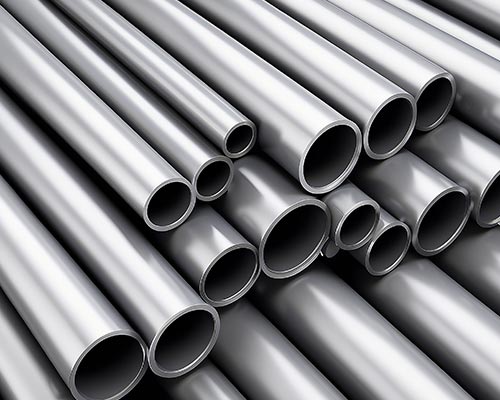
What is Seamless Hydraulic Tubing?
Seamless hydraulic tubing is a type of precision tube that is manufactured without a weld seam. It is used in hydraulic systems to transfer fluids without leaks, ensuring the efficient operation of machinery and equipment.
Key Features of Seamless Hydraulic Tubing
- Precision: The absence of a seam allows for tighter tolerances and improved pressure retention.
- Corrosion Resistance: Often made from stainless steel or other corrosion-resistant materials, suitable for various fluid types.
- Strength: The seamless construction provides high burst pressure ratings and resistance to deformation.
- Versatility: Available in a wide range of sizes and materials to suit various applications.
Seamless Hydraulic Tubing Sizes and Specifications
Standard Tubing Sizes
Seamless hydraulic tubing sizes are typically measured in fractions of an inch or millimeters. The most common sizes range from 1/8″ to 2″ in diameter, with wall thicknesses varying accordingly.
Material Specifications
Materials for seamless hydraulic tubing include:
- Stainless Steel: Commonly used for its corrosion resistance and strength.
- Carbon Steel: A more cost-effective option suitable for non-corrosive environments.
- Aluminum: Used for lightweight applications where high strength is not a primary concern.
Pressure Ratings
Each size and material combination has specific pressure ratings, which are determined by the tube’s ability to withstand internal pressure without failure.
Applications of Seamless Hydraulic Tubing Sizes
Industrial Automation
In industrial automation, seamless hydraulic tubing is used for precise control of machinery, such as in robotic arms and assembly lines.
Automotive Industry
The automotive industry uses hydraulic tubing for brake lines, power steering systems, and suspension components.
Aerospace
In aerospace, hydraulic tubing is critical for control systems in aircraft, where reliability and precision are paramount.
Construction Equipment
Construction equipment, such as excavators and cranes, relies on hydraulic tubing for the operation of hydraulic cylinders and actuators.
Seamless Hydraulic Tubing Size Chart
| Nominal Size (inches) | Outer Diameter (inches) | Wall Thickness (inches) | Inside Diameter (inches) | 工作压力 (psi) |
|---|---|---|---|---|
| 1/8 | 0.405 | 0.049 | 0.307 | 6000 |
| 1/4 | 0.540 | 0.049 | 0.442 | 6000 |
| 3/8 | 0.675 | 0.049 | 0.577 | 6000 |
| 1/2 | 0.840 | 0.049 | 0.742 | 6000 |
| 5/8 | 0.980 | 0.065 | 0.850 | 6000 |
| 3/4 | 1.055 | 0.065 | 0.925 | 6000 |
| 1 | 1.315 | 0.065 | 1.185 | 6000 |
| 1.1/4 | 1.660 | 0.065 | 1.530 | 6000 |
| 1.5 | 1.900 | 0.065 | 1.770 | 6000 |
| 2 | 2.375 | 0.065 | 2.245 | 6000 |
*Note: The pressure ratings are indicative and may vary based on material and specific manufacturing standards.
Selecting the Right Seamless Hydraulic Tubing Size
Consider the Application
The specific requirements of your hydraulic system, such as pressure, flow rate, and fluid type, will dictate the appropriate tubing size.
Material Compatibility
Choose a material that is compatible with the fluid being transferred to avoid corrosion or degradation of the tubing.
System Compatibility
Ensure that the tubing size is compatible with the fittings, valves, and other components in your hydraulic system.
Safety Factors
Always consider safety factors and select a tubing size that can handle higher pressure than the maximum expected in your system.
Case Studies and Real-World Applications
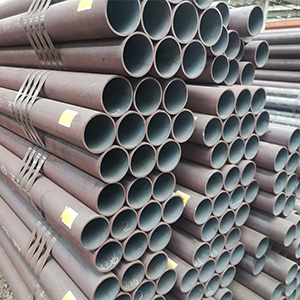
1. Hydraulic Cylinders in Excavators
Seamless hydraulic tubing is used in excavators to transfer hydraulic fluid to cylinders, enabling the movement of the excavator’s arms and buckets.
2. Aircraft Control Systems
In aircraft, seamless hydraulic tubing is critical for the operation of control surfaces, such as flaps and ailerons, which require precise fluid control.
3. Industrial Robotic Arms
Seamless hydraulic tubing is used in robotic arms for precise control of movements, ensuring accuracy and repeatability in manufacturing processes.
4. Automotive Power Steering Systems
In power steering systems, seamless hydraulic tubing transfers fluid to assist the driver in steering the vehicle, improving handling and reducing effort.
Conclusion
Seamless hydraulic tubing sizes are a critical consideration in the design and maintenance of hydraulic systems. Their precision, strength, and corrosion resistance make them ideal for a wide range of applications. By understanding the various sizes, materials, and pressure ratings, professionals can select the appropriate tubing for their specific needs. As technology advances and new materials are developed, seamless hydraulic tubing will continue to play a vital role in the efficiency and reliability of hydraulic systems across various industries.
FAQ
What are seamless hydraulic tubing sizes?
Seamless hydraulic tubing sizes refer to the nominal diameters of precision tubes used in hydraulic systems, measured in fractions of an inch or millimeters.
Why are seamless hydraulic tubing sizes important?
They are important because they determine the flow rate, pressure capacity, and compatibility with other system components.
What factors should be considered when selecting seamless hydraulic tubing sizes?
Consider the application requirements, material compatibility, system compatibility, and safety factors.
Are there standard seamless hydraulic tubing sizes?
Yes, standard sizes range from 1/8″ to 2″ in diameter, with various wall thicknesses and pressure ratings.
How do I know if a seamless hydraulic tubing size is compatible with my system?
Check the tubing size against the specifications of your system’s components, such as fittings, valves, and pressure requirements.



